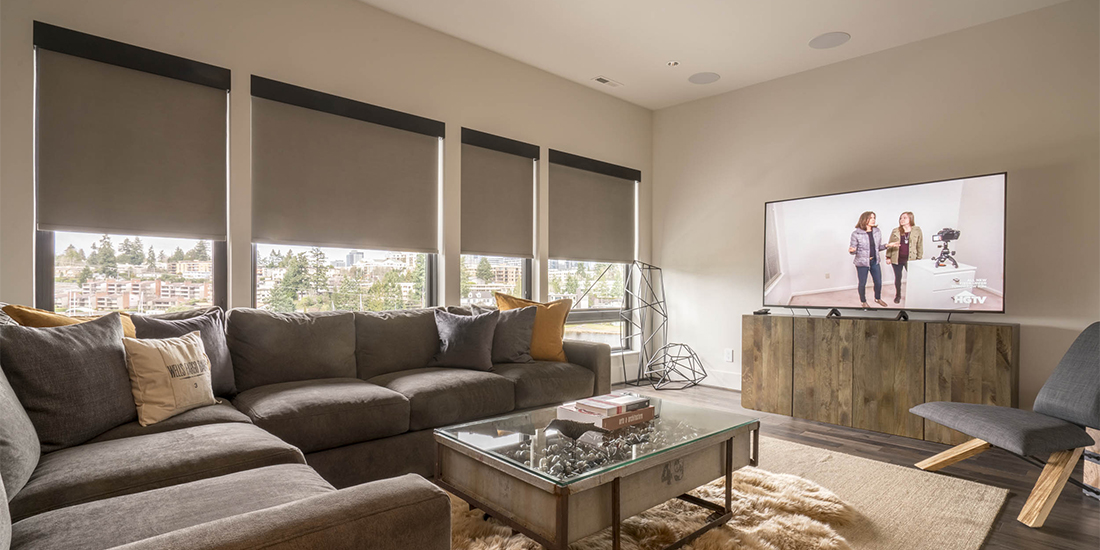
Q: I’ve been thinking about upgrading my house to a smart home. What smart features should I be looking for as I shop around?
A: Smart homes are becoming more and more popular. And with good reason. Home automation is the ultimate union of technology, convenience, and security. The list of things smart homes can do is expanding daily, which means planning a smart home can be a dizzying experience. So, let’s keep it simple by focusing on five of the most important components of a smart home.
Advanced Home Network
You’ve probably heard of the “Internet of Things” by now. It refers to the wirelessly controlled network of devices that is becoming a bigger part of our lives and is central to the smart home. To maintain a highly functional Internet of Things, the automated home needs something a bit more robust than a wireless router tucked out of sight to maintain an unbroken blanket of Wi-Fi. It needs enterprise-class networking equipment, as well as several wireless access points placed strategically throughout the home.
An advanced home network acts as your smart home’s central nervous system, integrating the different components of your automated system so they work together. This is the most critical aspect of a well-functioning smart home.
Remote Access
When most people talk about smart homes, what they really mean is remote access to one’s home systems. Remote access lets you operate your home’s systems while you’re out and about without cloning yourself. Depending on the customizations you choose, remote access can let you check in on your home through video surveillance, turn on the entertainment system for that in-law who can’t figure out the remote, get emergency alerts about water leaks while you’re away on vacation, and even unlock the door to let the dog-walker in—and that’s really just the tip of the iceberg. Remote access can give you remarkable peace of mind and it’s just incredibly convenient to have complete control while away.
Advanced Security
Complete control includes control of your home’s security system. While traditional home security systems alert authorities in the event of a fire, break-in, or other disaster, the advanced security of the automated home goes much further. For starters, many smart home surveillance systems can send intelligent notifications that differentiate between welcome guests and strangers. The best part is an advanced home security system, as part of your home automation installation, is fully customizable to your specific security needs.
Lighting Control/Automated Window Treatments
Together, lighting control and automated window treatments allow you to control every aspect of your home lighting and diminish unsightly wall clutter in the form of excessive switches. Lighting control systems are typically network-based, so a whole building can be controlled from one spot. Through crafty programming, lighting systems can be set to fully automated schedules that will turn off, dim, or brighten whenever you want. Some systems can even detect whether you are away from home and turn off the lights to maximize energy savings. Automated window treatments function similarly, controlling ambient outdoor lighting remotely. When the two are used in concert, the sky’s the limit on lighting configurations.
Distributed Audio
Who doesn’t love to be in a home filled with music? Distributed audio makes that dream a reality, connecting multiple (or all, for the ambitious) rooms to your home network, putting the power to DJ your home right at your fingertips—and yes, it can integrate seamlessly with the other components of your smart home. With lighting and music under your full control, you can turn your living space into a complete club experience without flipping a switch.
Lee Travis is the owner of Wipliance, a member of the Master Builders Association of King and Snohomish Counties (MBAKS). If you have a home improvement, remodeling, or residential homebuilding question you’d like answered by one of MBAKS’ more than 2,600 members, write to homework@mbaks.com.